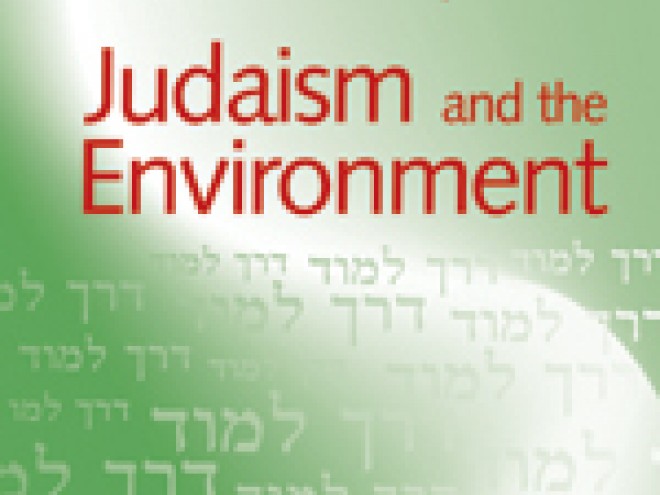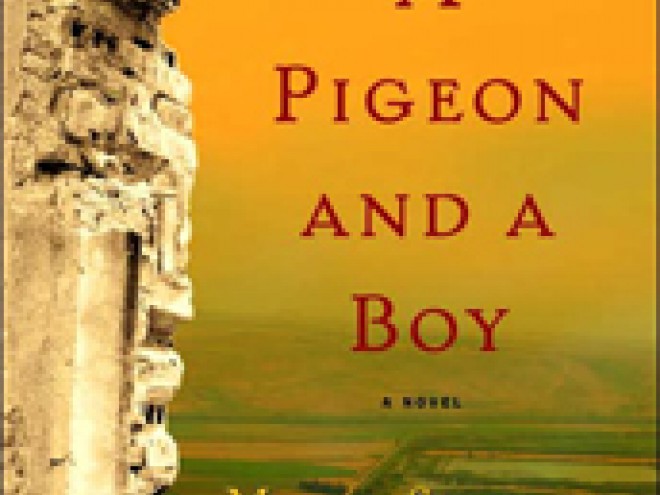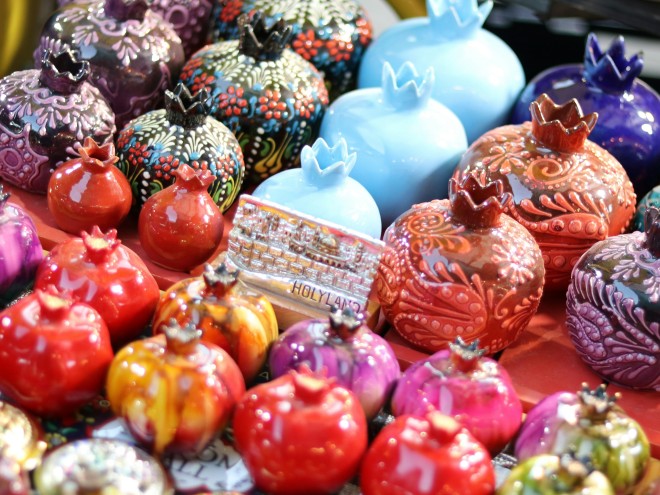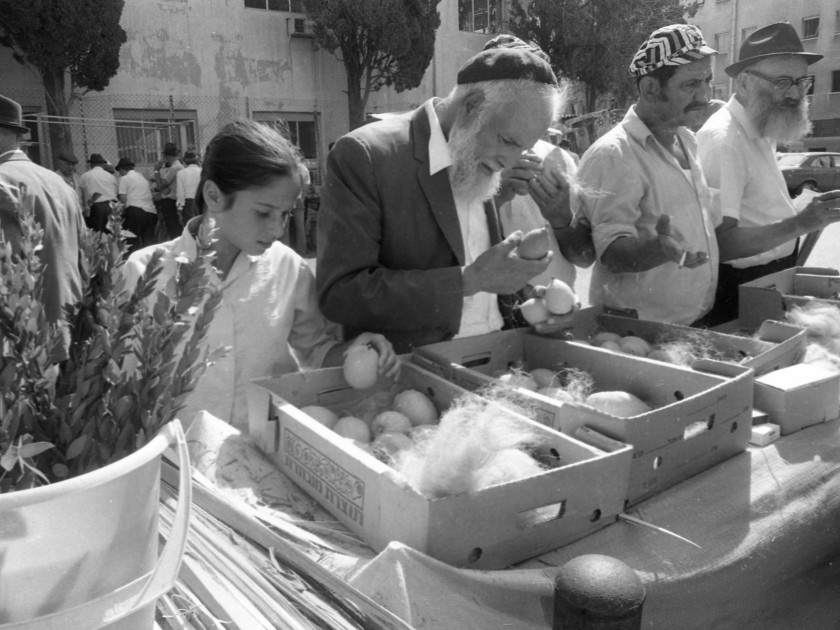
At the market for Sukkot, Dan Hadani collection, National Library of Israel, The Pritzker Family National Photography Collection
During the holiday season, as you harvest new memories beneath the slats of your sukkah or reap spiritual insights through reflection, we find there’s no better way to spur conversation or connection than through books. Below is a list of ten books that delve into Sukkot’s themes of friendship and community, connection to nature, and spiritual rejuvenation.
For children’s books on the holiday, take a look here.
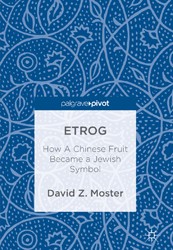
Etrog: How a Chinese Fruit Became a Jewish Symbol by David Z. Moster
“Through a mixture of archeology, biblical interpretation, and comparative religion, alongside some good old-fashioned sleuthing, Moster traces the fruit’s roots from Yunnan in China, through India, Persia, and eventually, the land of Israel.” ~Stuart Halpern
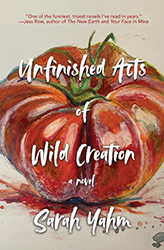
Unfinished Acts of Wild Creation by Sarah Yahm
“Bookended by mortality and renewal, the story spans forty years as it traces one family’s battle with an unnamed, incurable hereditary disease — with ample neurosis and dark laughs along the way.” ~Sara Lippmann
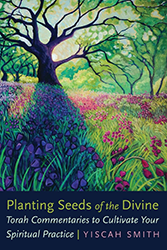
Planting Seeds of the Divine: Torah Commentaries to Cultivate Your Spiritual Practice by Yiscah Smith
“Yiscah Smith’s focus on the internal experience of the Divine honors her great teacher and carries forward his legacy. By offering readers a practical and powerful pathway to cultivate the Divine spark within, Smith creates a rich legacy of her own.” ~Diane Gottlieb
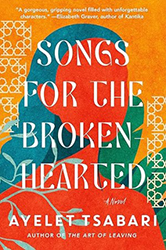
Songs for the Brokenhearted: A Novel by Ayelet Tsabari
“Songs for the Brokenhearted is immersive, distinguished by sharp and agile prose, a remarkable cast of fully realized characters, and spellbinding storytelling. And when it comes to bearing witness to the vibrant history and culture of generations of Israel’s marginalized groups, the novel is an unparalleled triumph.” ~Ranen Omer-Sherman
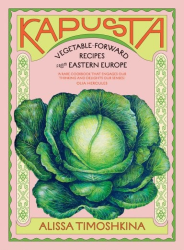
Kapusta: Vegetable-Forward Recipes from Eastern Europe by Alissa Timoshkina
“Be prepared to fall in love with dill and sour cream. This is the advice I shared with my fiancée when I started to cook my way through Alissa Timoshkina’s Kapusta: Vegetable-Forward Recipes from Eastern Europe… In the end, we were both deeply grateful to Timoshkina for illuminating an old world of foods and foodways for a global audience.” ~Avery Robinson
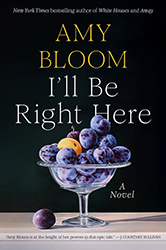
I’ll Be Right Here by Amy Bloom
“Amy Bloom’s prose is at once simple and lyrical, and she grounds her characters in a rich historical context with a lightness of touch that hides a prodigious amount of research. Above all, Bloom manages to take on big themes in a compact package.” ~Martin Green
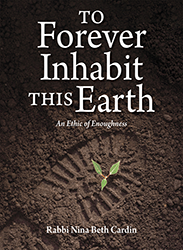
To Forever Inhabit this Earth: An Ethic of Enoughness by Nina Beth Cardin
“For over two decades Rabbi Nina Beth Cardin has been a major leader in the Jewish Environmental movement. Her new book, To Forever Inhabit This Earth, is a capstone on her visionary focus on the seeing the issues of climate change and sustainability through a uniquely Jewish lens.” ~Josh Hanft
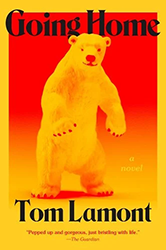
Going Home by Tom Lamont
“What are the limits of love and faith? What happens to us when we begin asking ourselves these questions? And what happens when we do not?
In his debut novel, Going Home, English writer Tom Lamont sets off in search of answers to these questions along the contours of a melodrama bolstered by his authorial wit and the depth of his characters.” ~Megan Peck Shub
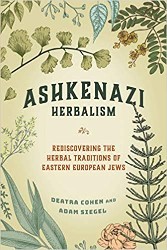
Ashkenazi Herbalism: Rediscovering the Herbal Traditions of Eastern European Jews by Deatra Cohen and Adam Siegel
“Deatra Cohen and Adam Siegel add a new dimension to our picture of everyday life in the Pale of Settlement with a highly readable portrayal of folk healers, herbs, and medicinal practices. Ashkenazi Herbalism offers not only the first botanical description of Jewish plant and herb use in Eastern Europe from the eighteenth into the early twentieth-century, but also so much more.” ~Sharon Elswit
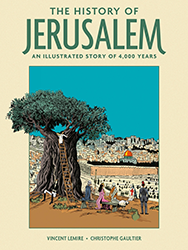
The History of Jerusalem: An Illustrated Story of 4,000 Years by Vincent Lemire and illustrated by Christophe Gaultier
“The History of Jerusalem is narrated by a tree on the city’s famous Mount of Olives. Calling themselves‘Zeitoun’ or‘Olivia,’ they are an eyewitness to the city’s vicissitudes. The book’s early sections integrate recent archaeological discoveries (such as the 2012 find of an Iron Age polytheistic temple in Jerusalem’s outskirts) with extant textual sources.” ~Brian Hillman

